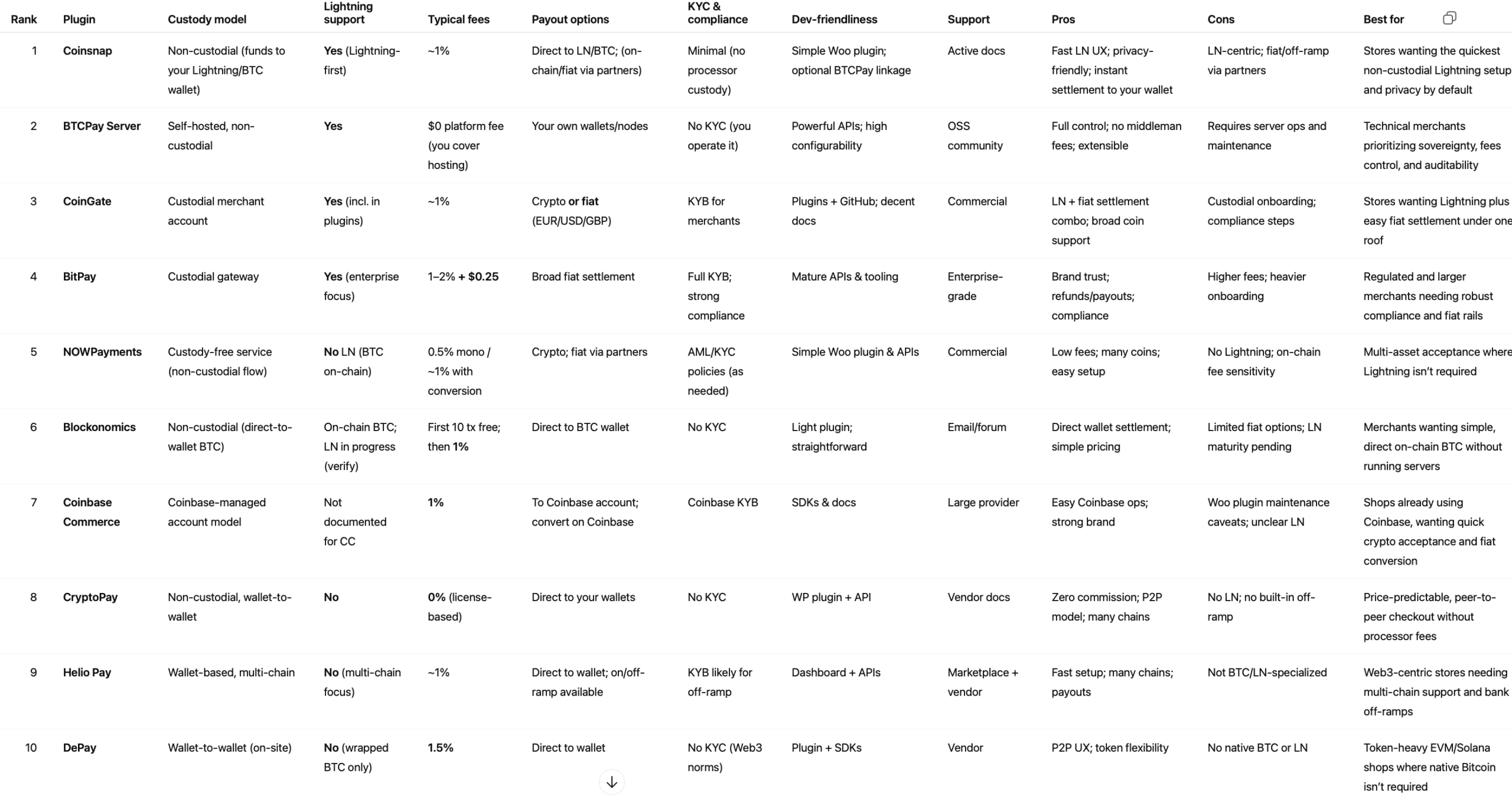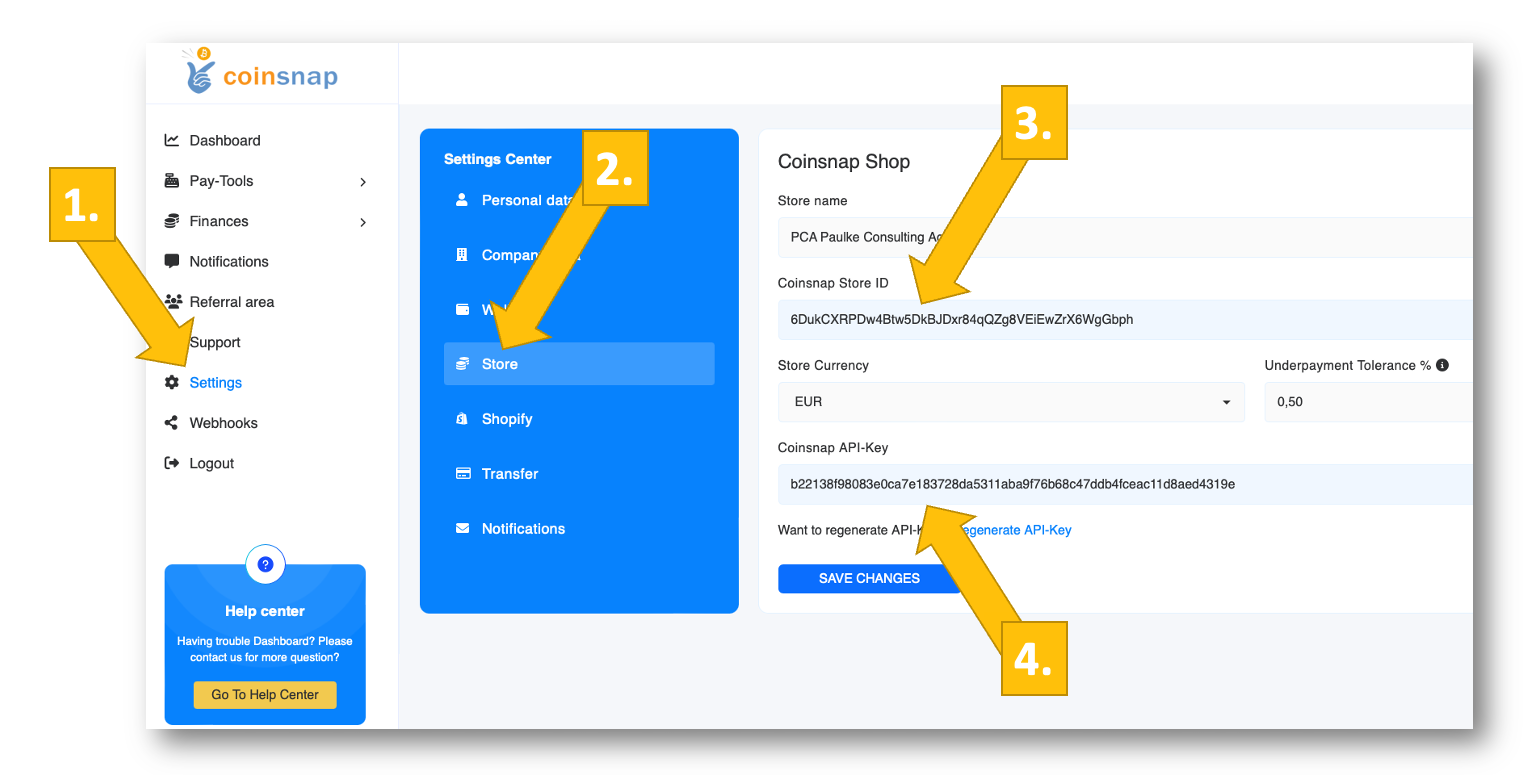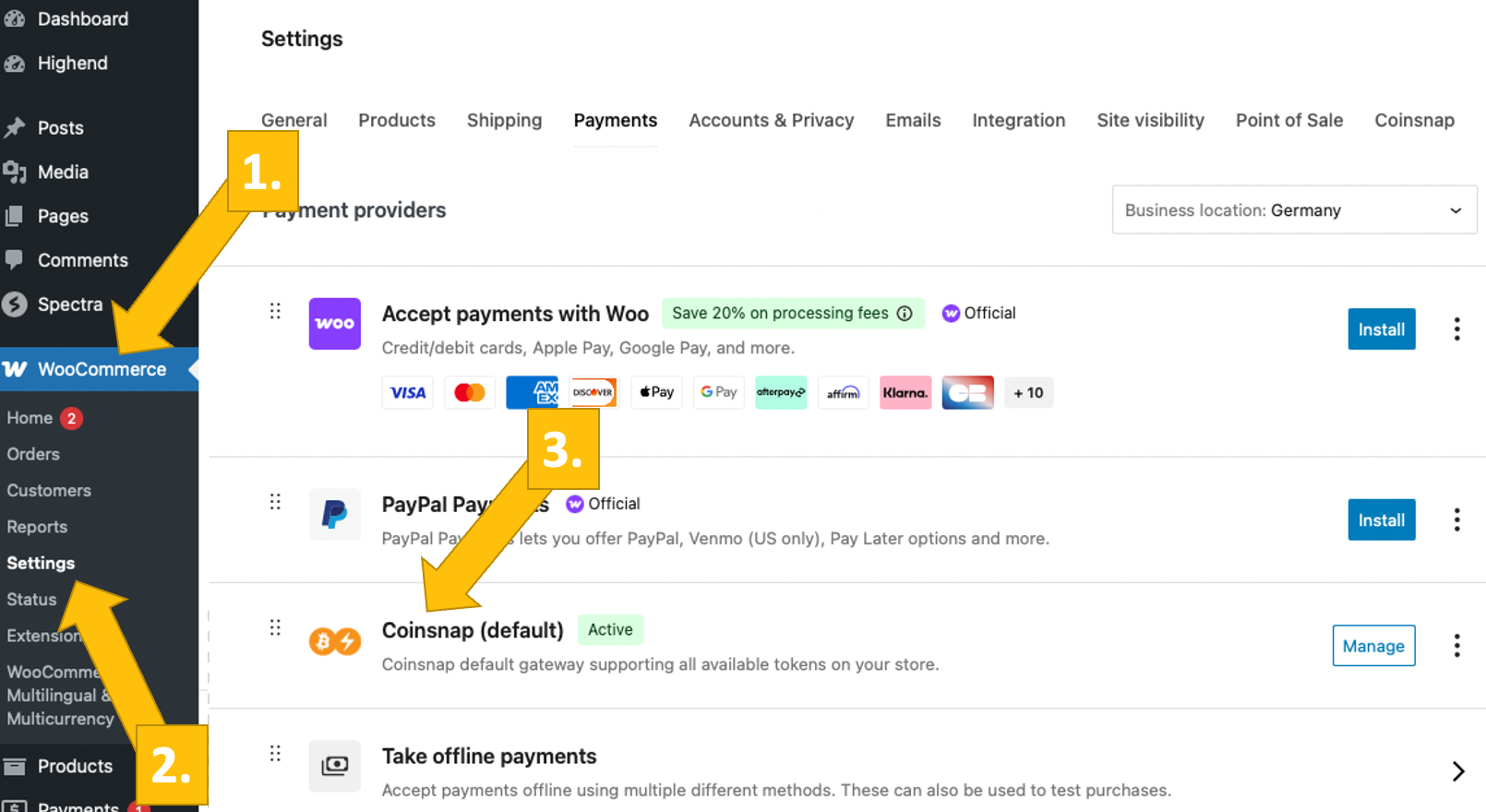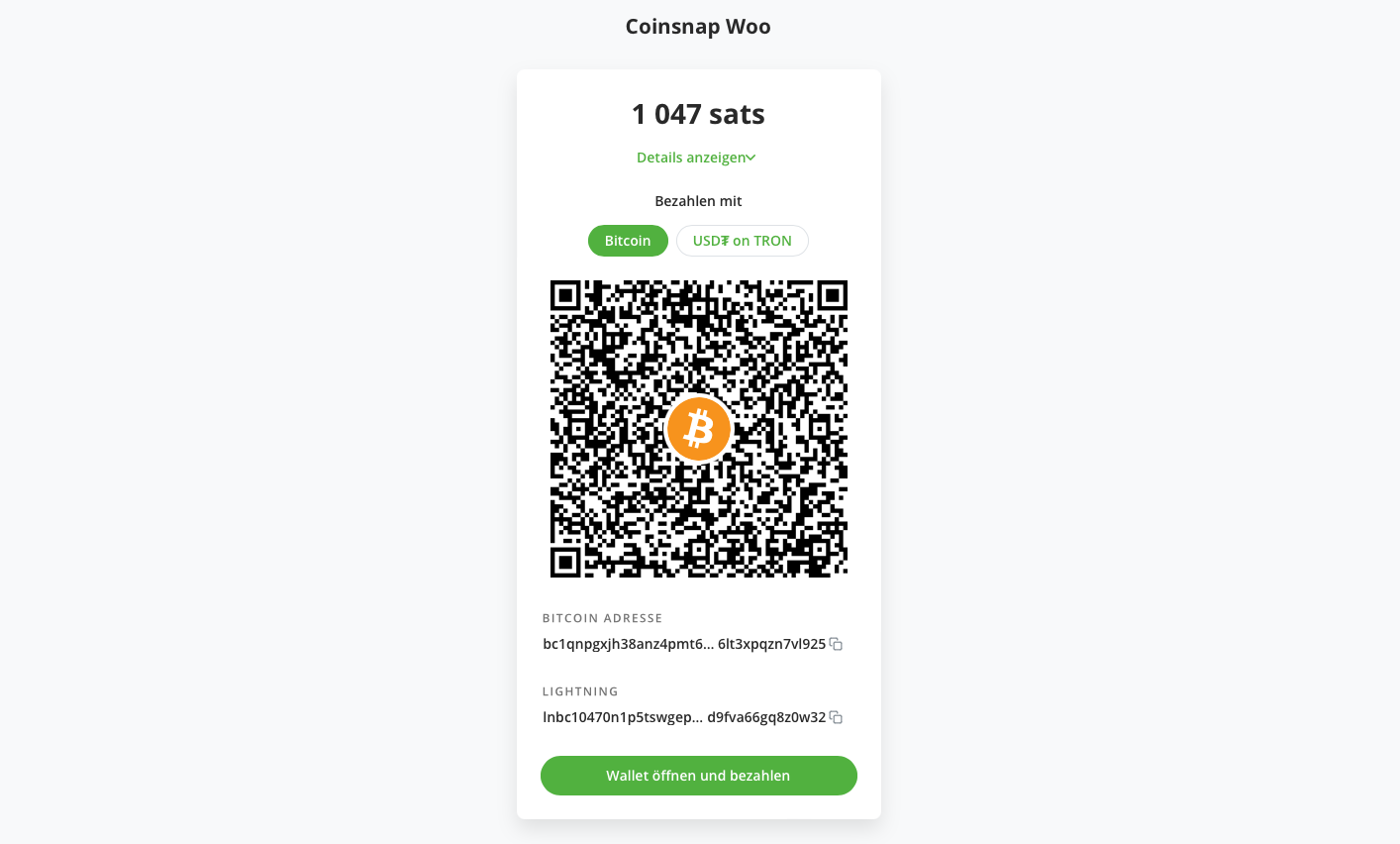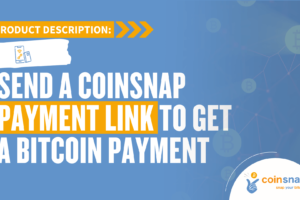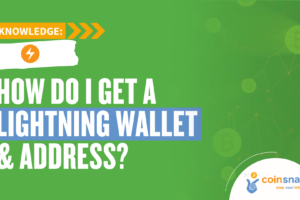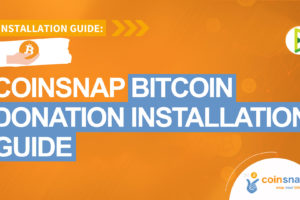WooCommerce Bitcoin
The Complete 2025 Guide

WooCommerce Bitcoin is a hot topic in 2025 because it solves three headaches at once: rising card fees, fraud/chargebacks, and cross-border friction.
With a Bitcoin (and especially Lightning) checkout, WooCommerce stores can offer near-instant payments at low cost, attract crypto-savvy buyers worldwide, and reduce exposure to chargebacks—all without rebuilding their stack.
In this complete 2025 guide to WooCommerce Bitcoin, you’ll learn how to add Bitcoin—and especially Lightning—to your store without coding, which plugins actually work (and why), how Lightning compares to on-chain for fees and speed, and what to know about compliance, accounting, and settlement. You’ll get a ranked shortlist of the best plugins, a decision matrix to choose fast, and a step-by-step setup using Coinsnap with an optional BTCPay Server path—plus FAQs and practical tips to go live smoothly.
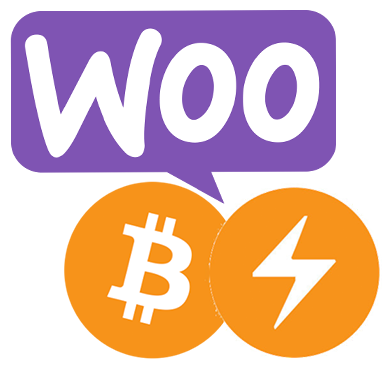
Does WooCommerce support Bitcoin?
Not natively. WooCommerce needs a plugin to accept Bitcoin or Lightning. The good news: setup can be fast, cheap, and secure—especially with Lightning.
What Bitcoin payment plugins does WooCommerce recommend?
WooCommerce Bitcoin doesn’t come out of the box—but you can add it with extensions from the official Woo.com Marketplace, which currently highlights these four crypto plugins: Coinbase Commerce (a gateway that lets customers pay in crypto and plugs into your store in a few steps), DePay Payments (on-site Web3 wallet payments across multiple chains and tokens), Helio Pay (a multi-chain checkout with real-time payouts), and OpenNode (Bitcoin/Lightning payments with optional fiat settlement).
Those plugins come with a few limitations, though, that make merchants look for other, better suited solutions: Coinbase Commerce requires detailed KYB (know your business), and is on-chain only, so not good if you want to sell cheap products (below $1,000) fast. Also, merchants AND buyers need a Coinbase wallet – which reduces the customer base significantly. DePay is great, if you want to sell for EVM/Solana tokens, but it doesn’t do native Bitcoin or Lightning, so it’s a no go if you want t accept Bitcoin with WooCommerce. With Heliopay, you can accept Bitcoin on-chain, but Lightning is not supported – so again, no fast, cheap checkout for products below $1,000. Open Node offers solid Bitcoin/Lightning support, but it’s still a custodial gateway: you’ll open an account, complete KYB, and pay processor fees with settlement via the provider.
The good news: You don’t need a native WooCommerce Bitcoin solution
A handful of mature plugins (like Coinsnap or BTCPay Server) add BTC and Lightning alongside your existing methods, with options ranging from plug-and-play simplicity to self-hosted control and even automatic fiat settlement.
For most merchants, those solutions mean higher margins, faster checkouts, and a future-proof payment option that customers increasingly expect. We will present the four best Bitcoin-Lightning plugins for WooCommerce below.
Why add Bitcoin (and Lightning) to WooCommerce?
Bitcoin opens global checkout without card rails, cuts processing costs, and removes chargebacks. Lightning adds real-time settlement and typically sub-cent fees, which improve margins and customer experience—especially for everyday orders and digital goods.
Your options at a glance:
- Lightning-ready, non-custodial: Coinsnap (plug-and-play; direct to your wallet, supports on-chain and Lightning, easy BTCPay Server integration, easy FIAT settlement with Bringin or DFX, easy accounting with Cointracking)
- Self-hosted control: BTCPay Server (open source; zero platform fees; you run it)
- Custodial with fiat settlement: CoinGate, BitPay (accept BTC/LN; settle to EUR/USD/GBP)
Lightning vs on-chain (quick compare)
There are two types of Bitcoin payment: On-chain and Lightning. On-chain Bitcoin payments are recorded directly on the blockchain; they’re highly secure and auditable but settle more slowly (you usually wait for confirmations) and incur miner fees that rise with network congestion—great for higher-value, lower-frequency orders or final settlements.
The Lightning Network moves payments off-chain through pre-funded channels; transactions confirm in seconds with tiny fees, making it ideal for everyday commerce, micro-payments, and a fast checkout UX. Lightning payments ultimately anchor to the blockchain (channels are opened/closed on-chain), but most customer payments don’t touch the chain, which is why they’re so quick and cheap.
In practice, smart WooCommerce merchants enable both: Lightning by default for speed and costs, with on-chain as a fallback for large carts, customers who insist on it, or when channels/liquidity need adjustment.
- Fees: Lightning is much cheaper than on-chain (no miner fee per payment).
- Speed: Lightning takes a few seconds – on-chain transactions can take minutes.
- UX: Tap/scan, paid—no waiting for confirmations!
- When on-chain? Larger tickets (above $ 1,000), treasury moves, or when a customer requests it.
.
Best plugins for WooCommerce Bitcoin (2025 shortlist)
WooCommerce doesn’t ship Bitcoin out of the box, so the right plugin is what turns your store into a BTC (and Lightning) checkout that’s fast, low-fee, and secure.
In our blog post “The 10 best WooCommerce Bitcoin payment plugins (2025 guide)“, we rank the 10 best WooCommerce Bitcoin payment plugins—from Lightning-first, non-custodial options to custodial gateways with fiat settlement—and compare them on the things that matter: fees, custody, Lightning support, payout options, KYC/KYB, ease of setup, and support. Whether you want plug-and-play simplicity or self-hosted control, this shortlist shows exactly which plugin fits your store and how to get live quickly.
Learn all about the great plugins from Coinsnap, BTCPay Server, CoinGate, BitPay, NOWPayments, Blockonomics, Coinbase Commerce, CryptoPay, Helio Pay, DePay, and which one might be the best for you, here.
Here is a decision matrix for the 10 best WooCommerce Bitcoin payment plugins:
(click the image to download the Excel decision matrix for the 10 best WooCommerce Bitcoin payment plugins!)
The 4 best WooCommerce Bitcoin payment plugins for WooCommerce
These plugins are all available in the WordPress plugin repository, and support on-chain as well as Lightning.
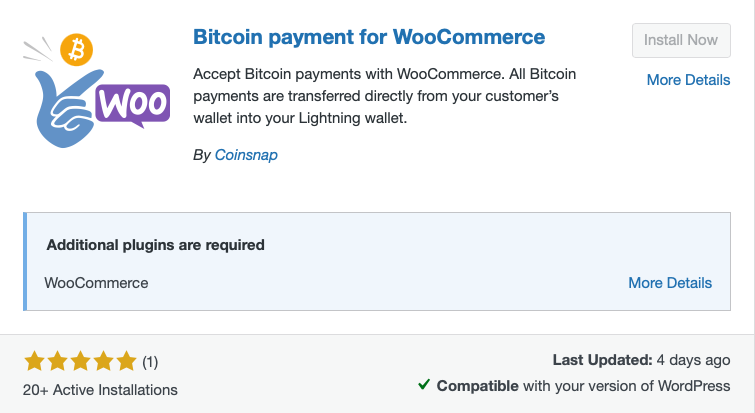
1) Coinsnap for WooCommerce
The Coinsnap WooCommerce Bitcoin payment plugin is Lightning-first and non-custodial: invoices are paid by scanning a QR code and funds are forwarded instantly to your own Lightning wallet. The WooCommerce setup is lightweight (store ID + API key), and even comes with a wizard to connect your own BTCPay Server if you prefer to self-host. Of course, it also enables on-chain payments for larger tickets.
Coinsnap positions itself for speed, privacy, and minimal onboarding friction, typically charging around 1% for processing. Ideal for merchants that want to accept Bitcoin payments with minimum effort, and without having to become serious “Bitcoiners”.
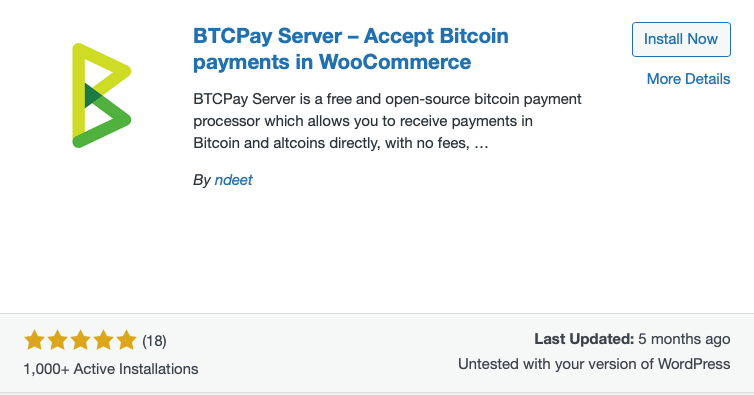
2) BTCPay Server
BTCPay Server was the first open source Lightning payment DIY solution that pioneered and revolutionized the Bitcoin payment landscape. It’s a self-hosted, open-source Lightning payment gateway, thus coming with no platform fees. You run the stack, keep keys, and can accept both on-chain Bitcoin and Lightning. The official “Greenfield” WooCommerce plugin and docs make integration straightforward, but you’ll own hosting, upgrades, and security.
Best for merchants with decent programming and technical skills that value sovereignty, auditability, and deep configurability over convenience.
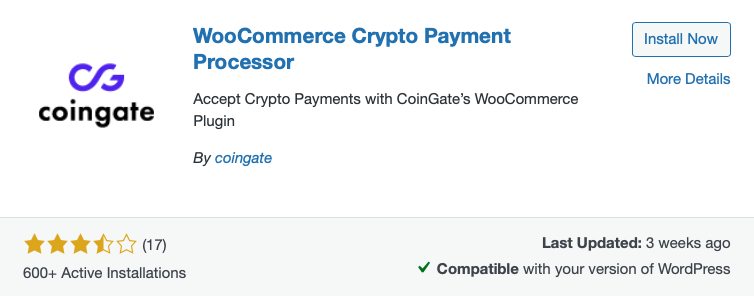
3) CoinGate
A popular gateway that supports Bitcoin (on-chain and Lightning) and a wide set of altcoins; Lightning is enabled by default in its ecommerce plugins. Merchants can settle in crypto or in fiat (EUR/USD/GBP), but the WooCommerce module is maintained on GitHub (which makes it a bit more complicated for non-skilled merchants to integrate). Pricing is a flat 1% per processed payment.
Good blend of features for merchants who want LN + optional fiat settlement and are not afraid of Github.
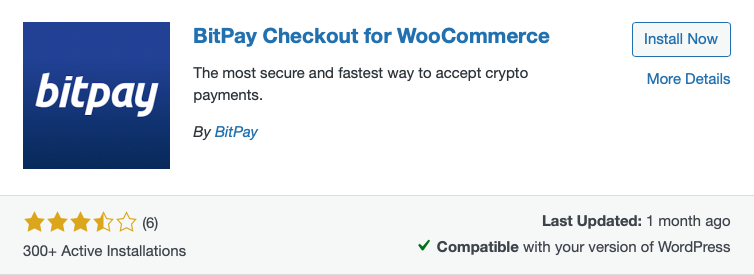
4) BitPay
An enterprise-grade gateway with long track record, supporting Lightning since 2022. It offers robust business tooling, refunds, payouts, and broad compliance coverage. Pricing is tiered (1–2% + $0.25 per transaction depending on monthly volume).
Strong choice for regulated merchants that want fiat settlement and mature support.
For detailed information on the ranking and the defining characteristics of the plugins featured in this comparison, read The 10 Best WooCommerce Bitcoin Payment Plugins (2025 Guide)
How to accept Bitcoin on WooCommerce (no coding)
Adding Bitcoin to WooCommerce can be truly no-code when you pick the right plugin: install it directly from your WordPress plugin repository, connect it with your processor, enable it under WooCommerce → Settings → Payments, and you’re live in minutes.
With non-custodial, Lightning-first options (e.g., Coinsnap), there’s no KYB/KYC—you sign up with just an email and add your Lightning address, and payments settle directly to your wallet without a middleman. If you later want fiat settlement via a custodial gateway, KYB will apply; but for pure BTC/Lightning checkout, it’s plug-and-play with zero paperwork.
Here is how it works:
- Install a plugin (e.g., Coinsnap).
- Connect credentials (Store ID/API key or wallet).
- Enable in WooCommerce → Settings → Payments.
- Test order with a small Lightning payment.
.
Click images to enlarge!
That’s as simple as it gets to accept Bitcoin in your Woo store – if you are ready to do it, see the step-by-step installation guide!
Compliance, accounting, and settlement – what to watch
When you add Bitcoin at checkout, compliance needs depend mainly on your custody model. If you use a custodial/fiat-settling gateway, expect KYB/KYC, basic AML/sanctions screening, and provider terms covering refunds and chargebacks; if you go non-custodial (funds straight to your BTC/Lightning wallet), you usually avoid provider onboarding—but you still must meet local rules on consumer protection, invoicing/VAT, and tax reporting. I.e., Coinsnap or BTCPay Server do not require any KYC/KYB – an email address and a Lightning wallet are all that‘s needed. If you choose Coingate, you will have to provide information on your business and your person.
Accurate accounting matters because revenue is recognized at the fair-value fiat price at payment time; so you should log the BTC amount, the exchange rate at checkout, order ID, and TXID/Lightning payment hash, then track any FX gains/losses if/when you convert to fiat, plus mirror refunds with the same data. Plugins like Coinsnap make accounting simple for you: In the dashboard you will find detailed info on any transactions, which you can export in various formats and forward to your accountant. To deal with exchange rates and FX gains/losses, you can easily integrate Coinsnap with CoinTracking, which provides such information in a form that is compliant with all european tax authorities.
For settlement, you can choose direct self-custody (Lightning and/or on-chain), automatic fiat payouts to a bank account via a processor, or a hybrid (e.g., Lightning for everyday orders, on-chain for high-value carts, with periodic manual or automatic conversion). I.e., with Coinsnap you can receive Bitcoin payments directly in your Lightning wallet, your BTCPay Server, or on-chain. If you prefer real time fiat conversion, open a Bringin account and entert he Lightning wallet address in your Coinsnap – and all your payments will be credited to your Fiat account in real time.
- KYC: Custodial gateways require KYB; non-custodial generally don’t.
- Fiat settlement: If you want daily EUR/USD payouts, choose CoinGate or BitPay, or use Coinsnap with a Bringin Lightning wallet.
- Bookkeeping: Export CSVs, tag BTC/LN orders, and reconcile regularly.
Does WooCommerce support Bitcoin natively?
No. WooCommerce doesn’t include Bitcoin out of the box—you enable BTC (and Lightning) via third-party plugins like Coinsnap or BTCPay Server.
What’s the fastest way to get WooCommerce Bitcoin payment without coding?
Install a compatible plugin, enable it in WooCommerce → Settings → Payments, paste the wallet/API details, and run a test order. With plugins like Coinsnap merchants can add Bitcoin checkout to their WooCommerce in minutes.
Is it secure to offer WooCommerce Bitcoin payment?
Yes—use reputable plugins, HTTPS, and secure wallet practices (hardware wallet, backups, access controls). Payments are final once received.
How do refunds work with Bitcoin or Lightning?
You send a new payment back to the buyer’s address/invoice. Some gateways streamline this with refund tools; otherwise you handle it manually (record TXIDs/payment hashes).
Can I settle WooCommerce Bitcoin sales to my bank account in EUR/USD/GBP?
Yes—choose a provider that offers fiat settlement. If you prefer self-custody, you can keep BTC or convert later via your own exchange workflow (i.e. with Coinsnap and Bringin).
FAQs – what you need to know about WooCommerce Bitcoin and Lightning
1) Does WooCommerce support Bitcoin natively?
No. WooCommerce doesn’t include Bitcoin out of the box—you enable BTC (and Lightning) via third-party plugins like Coinsnap or BTCPay Server.
2) What’s the fastest way to get WooCommerce Bitcoin payment without coding?
Install a compatible plugin, enable it in WooCommerce → Settings → Payments, paste the wallet/API details, and run a test order. With plugins like Coinsnap merchants can add Bitcoin checkout to their WooCommerce in minutes.
3) What’s the difference between on-chain WooCommerce Bitcoin payments and WooCommerce Lightning payments?
On-chain payments settle on the blockchain (slower, miner fees, great for high-value orders). Lightning routes off-chain through channels (seconds, tiny fees) and is ideal for everyday commerce.
4) Which is cheaper: on-chain or Lightning?
Lightning is typically far cheaper (fractions of a cent) and faster; on-chain includes miner fees that vary with network congestion.
5) Do I need KYC/KYB to accept Bitcoin?
For non-custodial plugins (funds go straight to your wallet), usually no. For custodial gateways and fiat settlement, expect KYB/KYC as part of AML compliance.
6) Can I settle sales to my bank account in EUR/USD/GBP?
Yes—choose a provider that offers fiat settlement. If you prefer self-custody, you can keep BTC or convert later via your own exchange workflow.
7) How do I handle Bitcoin price volatility at checkout?
Use rate-locking (most plugins do this) to quote a fixed BTC amount for a limited time window, then record the fiat value at the moment of payment for accounting.
8) Are Bitcoin payments subject to chargebacks?
No. Bitcoin/Lightning payments are push-transactions; there are no card-style chargebacks. You can still issue refunds per your policy.
9) How do refunds work with Bitcoin or Lightning?
You send a new payment back to the buyer’s address/invoice. Some gateways streamline this with refund tools; otherwise you handle it manually (record TXIDs/payment hashes).
10) What data should I record for accounting/taxes?
Store the BTC amount, fiat value at payment time, exchange rate, order ID, and TXID/Lightning payment hash. Reconcile exports (CSV) to your wallet/bank monthly.
11) Will offering WooCommerce Bitcoin payment break my existing checkout?
No. It appears as an additional method alongside cards/PayPal. You can keep all other gateways active.
12) Can I accept both Lightning and on-chain in one store?
Yes. Many plugins let you enable both—Lightning as default for speed/costs, on-chain for large tickets or customer preference.
13) Is it secure to offer WooCommerce Bitcoin payment?
Yes—use reputable plugins, HTTPS, and secure wallet practices (hardware wallet, backups, access controls). Payments are final once received.
14) Can I use WooCommerce Bitcoin payment for in-person sales, too?
Yes. Some providers like Coinsnap include Web-PoS/QR flows so you can accept Lightning in store or at events using a phone or tablet.
15) Do Bitcoin payments help conversion rates?
They can—especially for international buyers, privacy-minded customers, or digital goods/micro-payments where Lightning’s speed and fees shine.
16) How can I test Bitcoin checkout safely?
Most plugins support test modes or small live payments. For Lightning, send tiny invoices; for on-chain, use small amounts and confirm order status end-to-end.
Next steps to start accepting WooCommerce Bitcoin payments
Read our analysis of the 10 best WooCommerce Bitcoin payment plugins, and get all the information to make the best choice!
Read the Coinsnap for WooCommerce installation guide and see how easy it is to accept WooCommerce Bitcoin payments in your store – even with your own BTCPay Server!
Start now and register your Coinsnap account with just your email and your Lightning wallet address – and you can get started by just installing the plugin in your WordPress!

